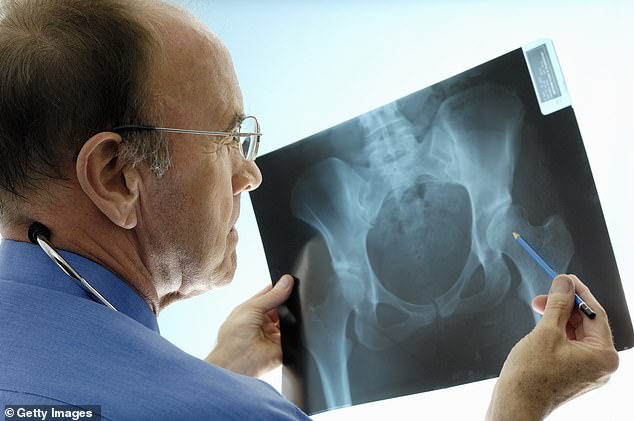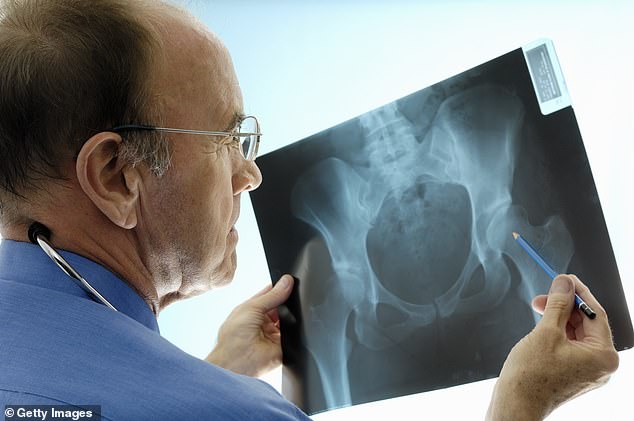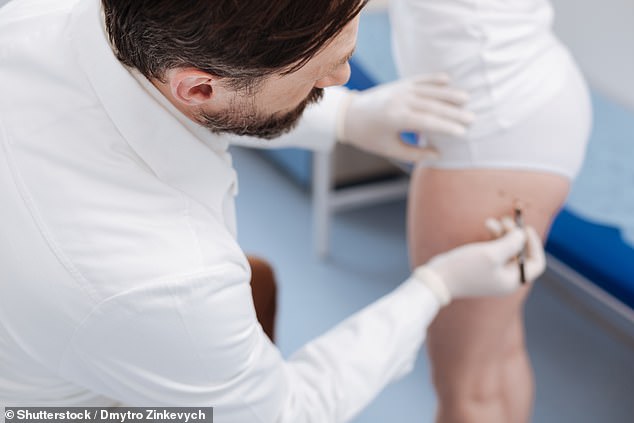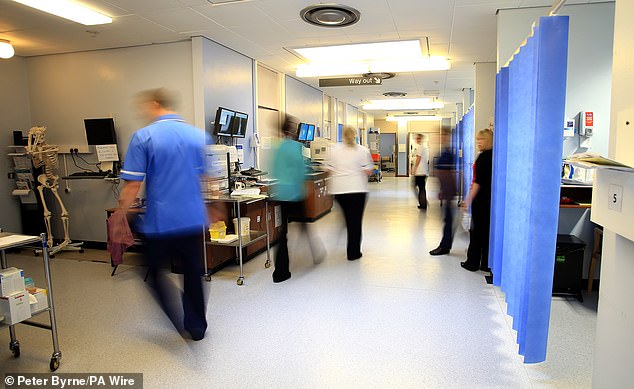How Britons are facing decades of waiting for hip and knee operations as backlog grows to 160,000 since Covid pandemic




- Research shows the NHS hasn’t even started to make up for the shortfall since Covid
- By the end of 2022, almost three quarters of a year of planned operations were lost
- The research shows that the gap between demand and operations is widening
Experts say it could take decades to catch up on the approximately 160,000 joint replacement surgeries missed since the pandemic.
Their research shows the NHS has not even begun to plug the gap in procedures – including hip and knee replacements – that has emerged during Covid.
Researchers analysed data from the National Joint Registry (NJR) on NHS and privately funded hip, knee, shoulder, elbow and ankle replacement surgeries between January 2019 and December 2022.
By the end of 2022, they found that nearly three-quarters of a year’s worth of elective surgeries—71.6 percent of 2019 operations and 158,994 joint replacements—had been lost.
They warned that there are no signs of recovery, but that the gap between demand and execution of operations is actually widening.

It could take decades to make up for the roughly 160,000 joint replacement surgeries lost since the pandemic, experts have found

By the end of 2022, nearly three-quarters of a year of planned surgeries – 71.6 percent of 2019 activity and 158,994 joint replacements – had been lost
Michael Whitehouse, professor of trauma and orthopaedics at Bristol Medical School and senior clinical leader of the study, said it would take years for the capacity expansion to become a reality.
He said: ‘If capacity were to be immediately expanded by five per cent above 2019 levels, it would take until 2040 to clear the backlog.
‘An immediate 10 percent expansion, if possible, would not be completed until 2031.
‘This is a major challenge that is currently underestimated in planning and provision. Priority should be given to limiting the impact of debilitating joint disease on patients.’
The University of Bristol team found that the private sector had increased provision to 127 per cent of pre-Covid levels, while the NHS was still operating at just 73.2 per cent.
This means that from 2022, the private sector will have become the leading provider of joint replacements, accounting for 53 per cent of procedures in England, Wales and Northern Ireland.
Wales and Northern Ireland have been hit harder than England, with both countries having a backlog of more than a year of work between 2020 and 2022.
According to findings in The Bone & Joint Journal, in 2019 this figure was 136 per cent for Wales and 121.3 per cent for Northern Ireland, compared to 66.7 per cent in England.
Tim Wilton, NJR’s medical director, said: ‘There is a clear need to plan and adapt the scope of care based on these insights and research, so that the number of patients on the waiting list for different departments is reduced.’
He added: ‘These data, which are based on the number of cases handled in 2019, are likely to underestimate the amount of catch-up needed, as the number of cases before 2019 was growing every year rather than being stable.’

Michael Whitehouse, professor of trauma and orthopaedics at Bristol Medical School and senior clinical lead on the paper, said it would take years for capacity expansion to catch up (stock photo)




